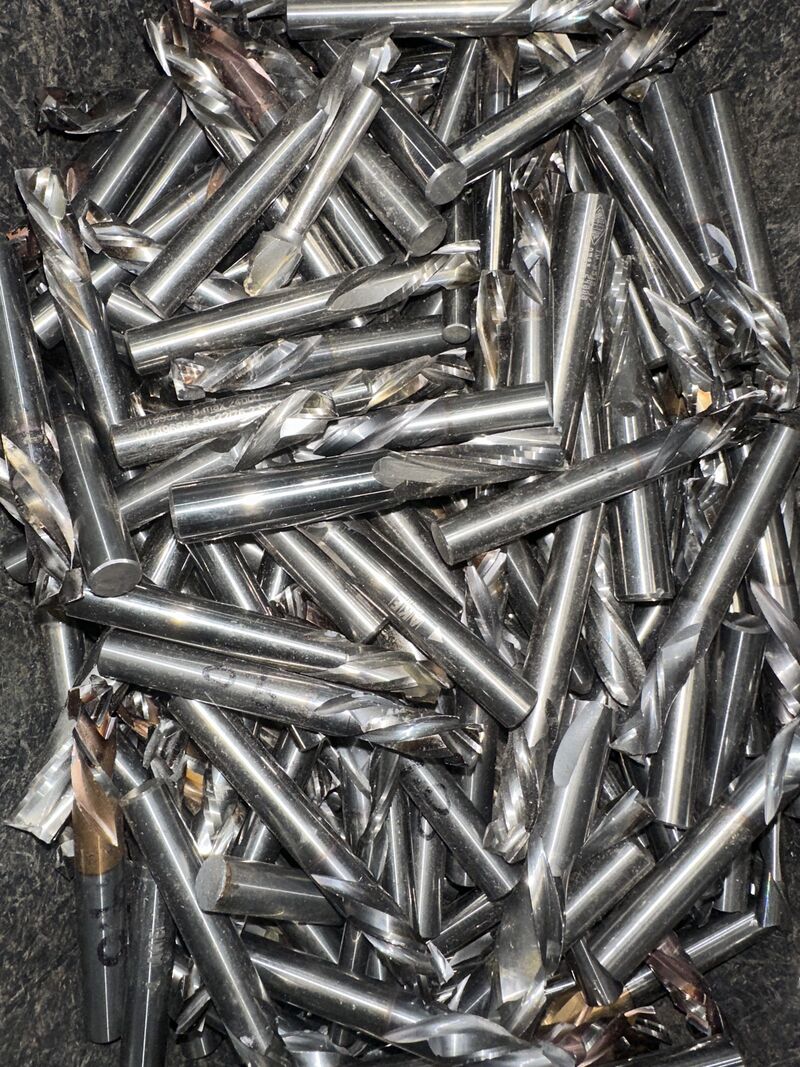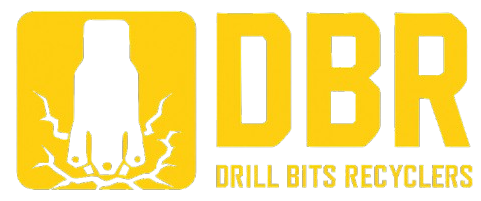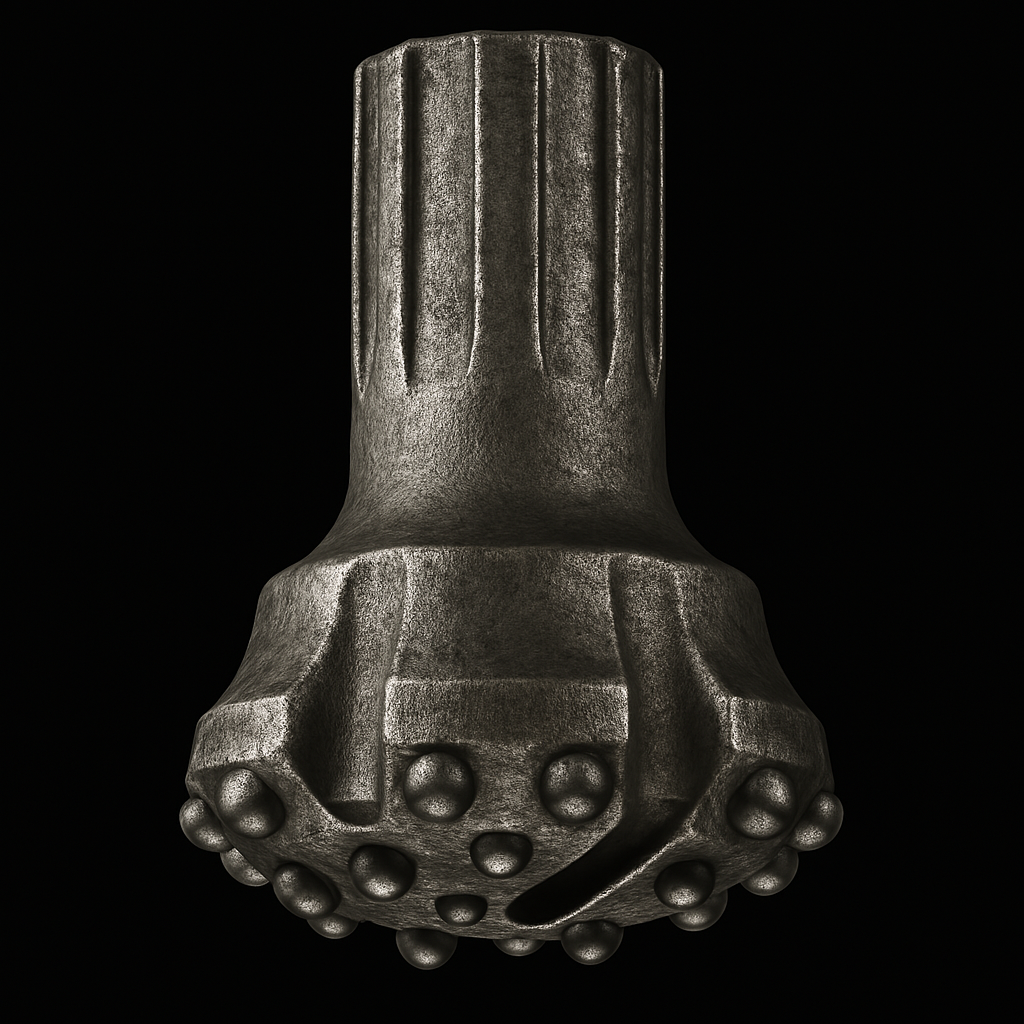The Tungsten Detective: Spotting Hidden Value in Your Workshop
What mining engineers miss when assessing old equipment
Why Tungsten Is Worth Investigating
In busy workshops and mining yards across WA, there’s a quiet but costly problem hiding in plain sight, overlooked tungsten. From discarded drill bits to unlabelled wear parts, valuable scrap often gets lumped into general bins, written off as low-grade metal, or forgotten altogether.
But here’s the reality, tungsten is one of the most valuable materials in the scrap market. And it’s everywhere in industrial equipment, if you know what to look for.
Many engineers and maintenance teams don’t realise just how much tungsten is embedded in everyday components. That means thousands of dollars in potential recovery could be slipping through the cracks each year.
In this guide, we’ll help you:
- Understand why tungsten is so valuable to recycle
- Learn where it’s hiding in your existing tools and parts
- Discover how to test for it, and what to do next if you find some
If you’re in mining, drilling, or heavy industry, this is your tungsten field manual, because once you know what to look for, you’ll never look at your scrap pile the same way again.
Understanding Tungsten and Its Value
Why tungsten is one of the most valuable scrap metals
Tungsten isn’t just hard, it’s economically hard-hitting. As one of the densest naturally occurring elements, it’s prized for its resistance to heat, abrasion, and extreme pressure. But beyond its industrial performance, tungsten commands top dollar in the scrap market.
Here’s why:
- High market demand for recycled tungsten, especially in Australia’s mining and tooling sectors
- Limited global supply, tungsten is a critical mineral with few domestic sources
- Durability, even worn or broken components retain their material value
In short, that bin of worn bits or old tooling in your workshop could be worth more than you think, especially if it’s tungsten-based.
Tungsten’s uses in mining, drilling, and manufacturing
Tungsten is everywhere in heavy industry, often embedded in parts without obvious labels or markings. It’s used in:
- Down-the-hole (DTH) and rotary drill bits
- Button bits and tungsten carbide inserts
- Cutting tools, end mills, and lathe tips
- Nozzles, wear plates, and hardfacing overlays
In mining and drilling environments, tungsten components are standard, but they’re rarely sorted properly at end-of-life, meaning their value gets lost in mixed scrap or sent to general scrap yards that don’t pay full price.
Price trends and demand for scrap tungsten
Tungsten’s price is shaped by global mining supply chains and downstream manufacturing demand. With high usage in:
- Aerospace and defence
- Oil and gas drilling tools
- Electrical and automotive industries
…scrap tungsten remains in constant demand.
In recent years, trade tensions, supply disruptions, and ESG-driven manufacturing have increased demand for recycled tungsten, putting WA operators in a strong position if they can identify and supply clean scrap.
And that’s where being a “tungsten detective” pays off.
Common Equipment Containing Tungsten
Drill bits, cutting tools, and wear parts
If you’re working in mining, drilling, or fabrication, there’s a high chance tungsten is already flowing through your operations, particularly in:
- DTH, RC, and HDD drill bits
- PDC and tricone bits with bonded tungsten inserts
- Tungsten carbide cutting tools, such as end mills, lathe tools, and reamers
- Wear plates and hardfacing tools used for abrasion resistance in chutes and crushers
These components are designed to take punishment, but when they’re retired, they still contain high-grade tungsten scrap. Often, they’re mistaken for steel or iron and thrown into general bins, an easy way to lose serious scrap value.
Tungsten alloys in mining equipment
Tungsten isn’t always pure. It’s often alloyed with other metals for added toughness or to withstand heat and impact. You’ll find tungsten alloys in:
- Crusher wear liners
- Downhole tool components
- High-temperature fasteners and bushings
- Drill stabilisers and mud motor parts
These alloyed parts may not look like tungsten but can contain substantial percentages, which means they’re still worth recycling, especially if properly tested.
Electronics, weights, and counterbalance components
Outside of tooling, tungsten shows up in other, less obvious places:
- Counterweights in industrial equipment and mobile rigs
- Balancing masses in motors, rotors, or even instrument panels
- Electrical contacts in high-voltage switchgear
- Radiation shielding in specialised equipment or storage
These items often get written off without a second look, but their density is a giveaway. If it’s unusually heavy for its size, there’s a good chance tungsten’s in the mix.
The Hidden Sources of Tungsten in Your Workshop
Overlooked parts like bearings, bushings, and nozzles
Not all tungsten looks like a drill bit. Some of the most commonly overlooked components are smaller parts that wear out slowly, get replaced quietly, and end up in mixed scrap bins without anyone checking their composition.
Keep an eye out for:
- Bushings and sleeves used in high-wear rotating assemblies
- Bearings in high-pressure or high-temperature applications
- Spray nozzles used for abrasive or slurry systems
- Carbide-tipped tools that are bonded or brazed to steel bodies
These parts often contain tungsten carbide, especially when used in areas where abrasion or heat resistance is critical.
Tungsten contamination in mixed scrap bins
One of the biggest causes of lost value is when tungsten ends up mixed in with general scrap, contaminated by:
- Grease or drilling mud
- Mild steel offcuts
- Plastic or rubber fittings
- Rusted or non-magnetic components
Once contaminated, it becomes harder to test, harder to sort, and harder to sell at full value. Clean separation is key, even if that means creating a dedicated “tungsten suspect” bin in the corner of your workshop.
How to identify tungsten using visual and weight cues
Even without specialised tools, there are simple ways to spot tungsten-rich parts:
- Weight, tungsten is very dense, heavier than steel or iron
- Colour, tungsten carbide often appears dark grey with a matte or dull finish
- Magnet test, tungsten carbide is not magnetic, unlike most steels
- Spark test (if safe), when ground, tungsten gives a short, dull red-orange spark
If you’re unsure, separate it, snap a photo, and ask a specialist.
How to Test and Confirm Tungsten Content
XRF analysis and other metal testing methods
The gold standard for confirming tungsten content, especially in scrap, is XRF (X-ray fluorescence) analysis. It’s fast, non-destructive, and gives precise breakdowns of metal composition, including:
- Tungsten (W) percentage
- Cobalt, nickel, and iron content in bonded carbide
- Other trace metals like molybdenum or chromium
Specialist recyclers like Drill Bits Recyclers use handheld XRF devices to quickly scan and grade incoming scrap, ensuring accurate value assessments. This is especially important when dealing with bonded parts, alloyed components, or mixed scrap where visual inspection alone isn’t enough.
Simple field identification tips (colour, density)
Before sending your parts for testing, these practical cues can help shortlist likely tungsten items:
- Weight test – Tungsten carbide is 1.5–2x heavier than steel
- Visual finish – Look for matte grey surfaces or silver/gold brazing lines
- Tool markings – Carbide-tipped tooling may include “WC” or grade codes
- Cutting performance – Bits that stayed sharp longer often contain carbide
If it’s small, dull grey, non-magnetic, and heavy for its size, it’s worth testing.
When to seek expert evaluation
If you’ve got a pile of mixed tools, bins of workshop scrap, or inherited old tooling stock, you don’t need to figure it out alone. Here’s when to bring in a tungsten specialist:
- You’re unsure what you’re holding but suspect it’s valuable
- You’ve found bonded materials or complex assemblies
- You’re planning a bulk scrap cleanout and want to sort for maximum value
- You need ESG or traceability reporting for internal compliance
At DBR, we offer on-site evaluation, photo-based assessments, and full XRF testing to help you sort the high-value from the low, and make sure nothing valuable gets thrown away.

The Tungsten Recycling Process Explained
How scrap tungsten is collected and refined
Once tungsten-containing materials are identified and sorted, the recycling process begins. At a specialist facility like DBR, it typically follows these key stages:
- Collection – Clean or separated scrap is picked up from site or dropped off at depot
- Testing – Each batch is scanned with XRF to confirm tungsten content and grade
- Sorting – Scrap is grouped by material type (pure carbide, bonded tools, alloys)
- Processing – Tungsten is stripped, cleaned, and sent for refining
- Refinement – High-purity tungsten powder is recovered for reuse in manufacturing
Throughout the process, your load is tracked, weighed, and logged, ensuring transparency and traceability from workshop to payout.
Why specialists pay more for clean tungsten scrap
General scrap yards may offer flat pricing, but tungsten specialists pay more, and here’s why:
- They know how to recover and separate tungsten efficiently
- They can sell direct to manufacturers, not through middlemen
- They offer premium pricing for clean, sorted scrap
- They recognise bonded vs unbonded materials and pay accordingly
Environmental and economic benefits of recycling tungsten
Recycling tungsten isn’t just about the money, it’s also the smarter environmental choice. Tungsten is a finite resource, and mining it has a high environmental impact.
By recycling instead of discarding:
- You reduce demand for raw tungsten mining
- You prevent high-density waste from going to landfill
- You support the circular economy in WA’s mining and manufacturing sectors
- You comply with internal ESG and waste reduction policies
Whether you care most about value, compliance, or sustainability, recycling tungsten is the right move.
Where to Recycle Tungsten for the Best Value
Finding reputable tungsten scrap buyers near you
Not all recyclers handle tungsten, and even fewer will pay what it’s truly worth. If you’re in Western Australia, the best approach is to work with a specialist tungsten recycler who understands the value of carbide scrap, offers transparent testing, and pays promptly.
What to look for:
- Experience with mining and industrial scrap
- XRF testing capability to verify metal content
- Clear communication about pricing, payment, and reporting
- Fast logistics and on-site pickup if needed
- WA-based operations to reduce freight costs and delays
Drill Bits Recyclers serves clients across WA with a focus on tungsten, drill bit, and high-value alloy recycling, offering fast EFT payouts, accurate grading, and ESG-compliant reporting.
Questions to ask recycling companies before selling
Before handing over your tungsten scrap, make sure you’re dealing with a serious buyer. Ask:
- Do you provide XRF testing or chemical analysis?
- Can you separate and grade bonded vs unbonded material?
- How do you calculate pricing, by weight, grade, or both?
- Do you offer custom reports for traceability or compliance?
- What’s your payment turnaround?
If they can’t answer clearly, you’re probably leaving money on the table.
How bulk deals and quality grading affect payouts
Tungsten scrap pricing isn’t flat. It’s influenced by:
- Material type (pure carbide vs bonded tools vs alloy)
- Weight and volume, bulk loads often attract higher per-kilo rates
- Cleanliness and contamination levels
- Current market rates on tungsten and cobalt
Tip, If you sort, label, and deliver clean scrap, you’ll always earn more. For large volumes or repeat loads, DBR can offer preferred pricing tiers and pickup support.
Conclusion: Don’t Let Tungsten Scrap Go to Waste
Tungsten is one of the most valuable and widely used materials in mining, drilling, and manufacturing, yet it often goes unnoticed in scrap bins, toolboxes, and forgotten corners of the workshop. That’s not just a missed opportunity, it’s lost revenue, wasted resources, and a gap in your site’s ESG performance.
By taking a closer look at your worn drill bits, cutting tools, and old equipment, you could uncover thousands of dollars in hidden tungsten scrap, the kind that general yards undervalue, but specialist recyclers pay top dollar for.
To recap:
- Tungsten is dense, durable, and valuable, even after use
- It hides in more places than you think, from bushings to counterweights
- Proper testing and sorting unlock better prices and cleaner reporting
- WA-based recycling partners like DBR make the process simple, from pickup to payout
Contact a tungsten recycling specialist today to get a free assessment of your scrap materials.
Reach out to Drill Bits Recyclers and turn forgotten tungsten into working capital, without the guesswork.

